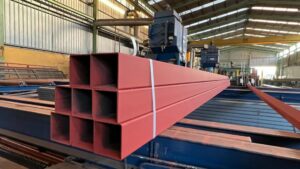Italian trade association Assofermet warns that any form of European scrap export ban could trigger a collapse in scrap values and would irreversibly compromise the entire scrap value chain.
In a letter sent to Kallanish, Assofermet invites the European Commission to boost the structural use of scrap as a means of decarbonising EU steelmaking. In Europe, only 42% of crude steel is produced from the electric arc furnace route, while 58% still derives from the integrated and more polluting route.
The association is troubled by a yearly excess production of scrap which is not absorbed by local steelmakers. In 2020, out of a total 101 million tonnes of scrap collected, only 77.8mt were used by European steelmakers, while the remaining 23.5mt were exported to third countries, Assofermet observes.
In order to keep and use the entirety of European scrap output, the EU should proceed to a major restructuring of the local steelmaking sector. This would imply the closure and replacement of most blast furnaces with new EAFs, with significant investments and a well-defined structural medium- and long-term shift for the steel industry.
The association however mentions the Italian market as being unique in Europe. Last year EAFs produced 84.7% of steel in the country versus only 15.3% from the sole integrated producer in Italy, Acciaierie d’Italia in Taranto.
Domestic demand for scrap is approximately 20m t/year, considerably higher than national generation, which forces mills to import scrap from other European countries. In 2020 Italian producers bought 4.9mt of European scrap. Italy also exported 0.45mt to countries outside the EU, Assofermet concludes.
Natalia Capra France






